
Copernical Team
Here's the best place for explorers to harvest ice on Mars
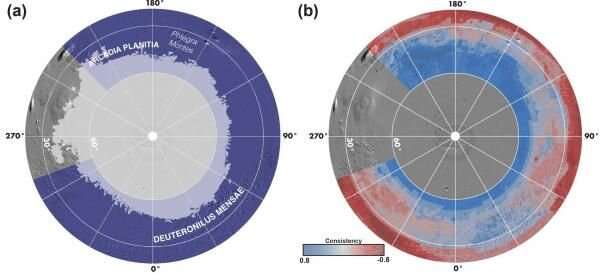
Water ice, especially any located in the sub-surface, has long been a focal point of Mars exploration efforts. Reasons abound as to why—from the need to grow plants to the need to create more rocket fuel to blast off the planet for a round trip. Most of that effort has focused on the poles of the planet, where most of the water ice has been found.
Unfortunately, these extreme latitudes are also difficult locations for manned missions, due to their slack of sunlight and extremely low temperatures. Now, a team from the Planetary Science Institute (PSI) have mapped the density of water ice in a large chunk of the lower northern hemisphere, in an effort to help narrow down potential human landing sites at more welcoming latitudes.
Researcher uses machine learning to classify stellar objects from TESS data
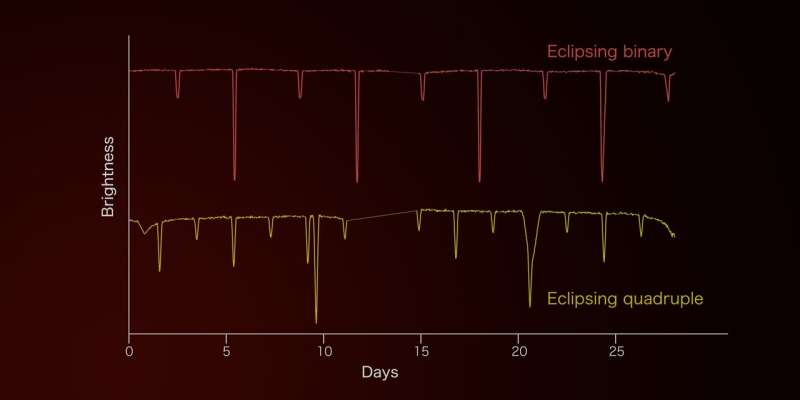
A game of chess has 20 possible opening moves. Imagine being asked to start a game with tens of millions of openings instead. That was the task assigned to Adam Friedman, a 2020 summer intern at NASA's Goddard Space Flight Center in Greenbelt, Maryland.
At the rim of a crater
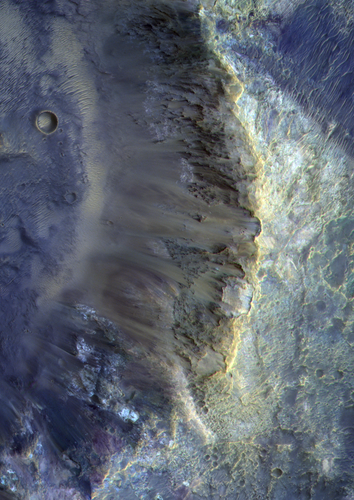 Image:
At the rim of a crater
Image:
At the rim of a crater How ESA is Helping NASA's Mars lander phone home
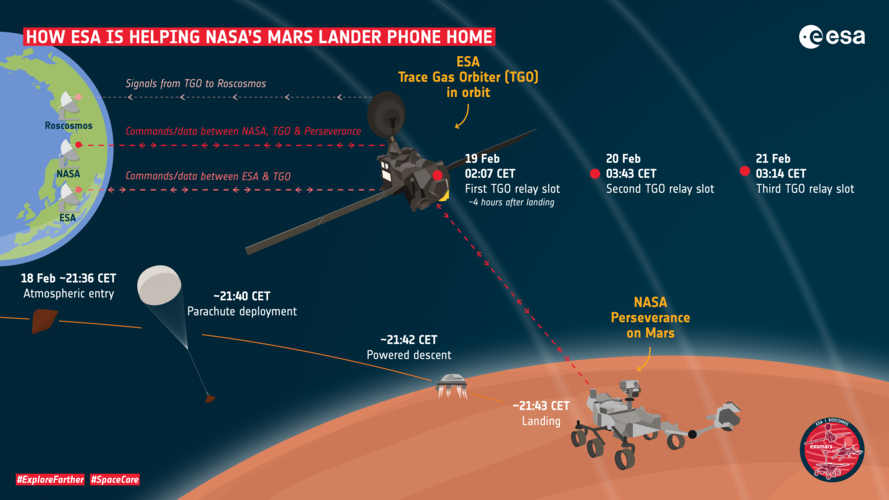 Image:
ESA's Trace Gas Orbiter will relay data from NASA's Perseverance rover to ground stations on Earth
Image:
ESA's Trace Gas Orbiter will relay data from NASA's Perseverance rover to ground stations on Earth ESA Mars orbiters support NASA Perseverance landing
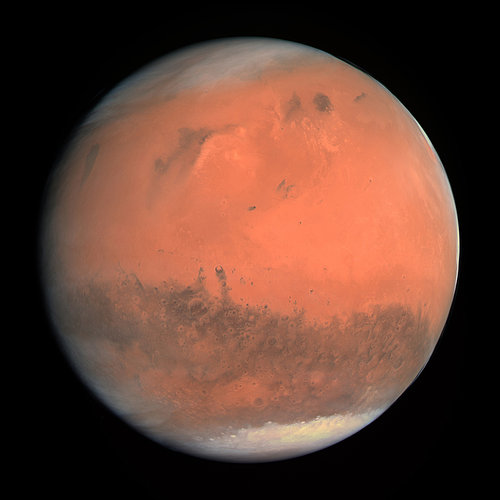
Netherlands in white
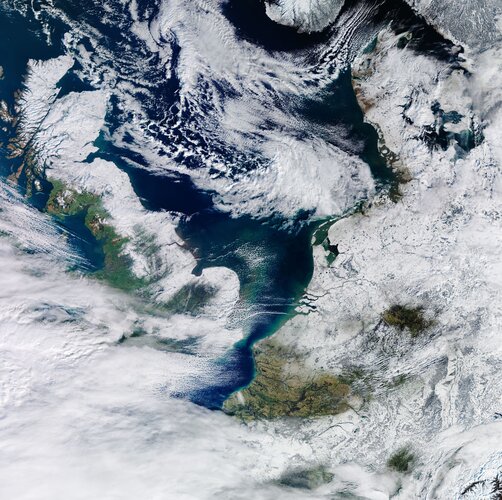 Image:
As this Copernicus Sentinel-3 image captured today shows, the Netherlands remains pretty much snow-covered thanks to days of sub-zero temperatures following the country’s first major snowstorm in a decade.
Image:
As this Copernicus Sentinel-3 image captured today shows, the Netherlands remains pretty much snow-covered thanks to days of sub-zero temperatures following the country’s first major snowstorm in a decade. Tests of Galileo Open Service Navigation Message Authentication underway
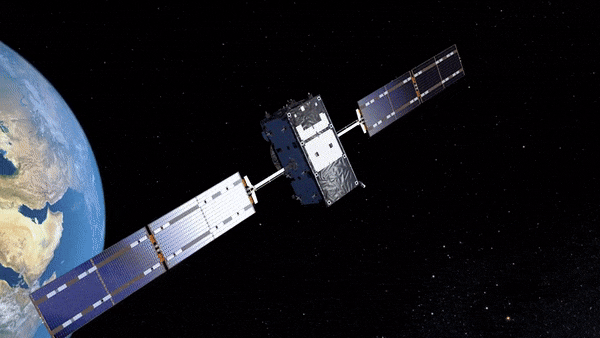
Galileo has started testing Open Service Navigation Message Authentication (OSNMA) in its signal-in-space, allowing the first-ever OSNMA-protected position fix to be successfully computed. Testing will continue over the next months, ahead of a so-called ‘public observation’ phase. This is the first-ever transmission of authentication features in open GNSS signals of a global navigation system.
Watch live: ESA outlines its search for astronauts
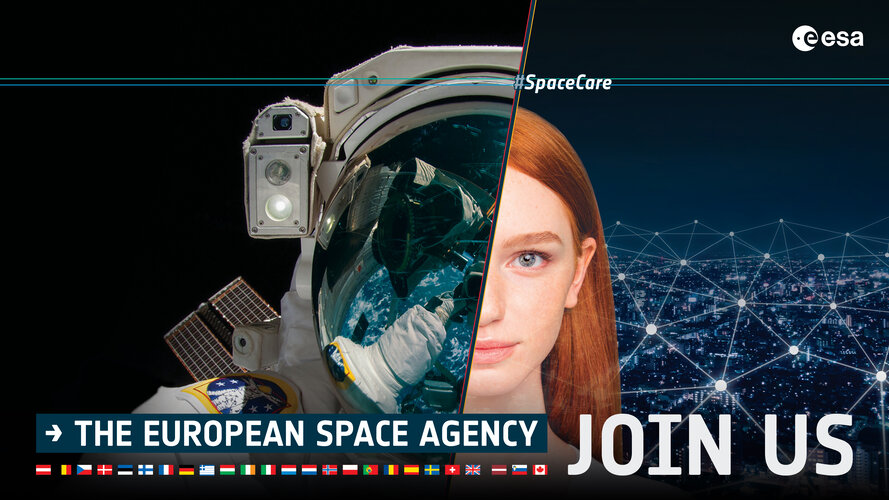
For the first time in over a decade, the European Space Agency (ESA) is seeking new astronauts. Tune in to ESA Web TV on Tuesday 16 February from 13:00 CET (12:00 GMT) for briefings in six languages and all you need to know.
Embry-Riddle alumna helps unravel key mysteries of rare stars
 Within the constellation Cygnus, an elderly star and its massive companion are having one last hurrah, flinging off mass at an incredible rate before they explode as supernovae and collapse into a black hole.
Now, researchers including recent Embry-Riddle Aeronautical University graduate Laura M. Lee have mapped the elderly star's orbit around its oversized and equally ancient partner. In
Within the constellation Cygnus, an elderly star and its massive companion are having one last hurrah, flinging off mass at an incredible rate before they explode as supernovae and collapse into a black hole.
Now, researchers including recent Embry-Riddle Aeronautical University graduate Laura M. Lee have mapped the elderly star's orbit around its oversized and equally ancient partner. In Astronomers offer possible explanation for elusive dark-matter-free galaxies
 A team led by astronomers at the University of California, Riverside, has found that some dwarf galaxies may today appear to be dark-matter free even though they formed as galaxies dominated by dark matter in the past.
Galaxies that appear to have little to no dark matter - nonluminous material thought to constitute 85% of matter in the universe - complicate astronomers' understanding of t
A team led by astronomers at the University of California, Riverside, has found that some dwarf galaxies may today appear to be dark-matter free even though they formed as galaxies dominated by dark matter in the past.
Galaxies that appear to have little to no dark matter - nonluminous material thought to constitute 85% of matter in the universe - complicate astronomers' understanding of t 